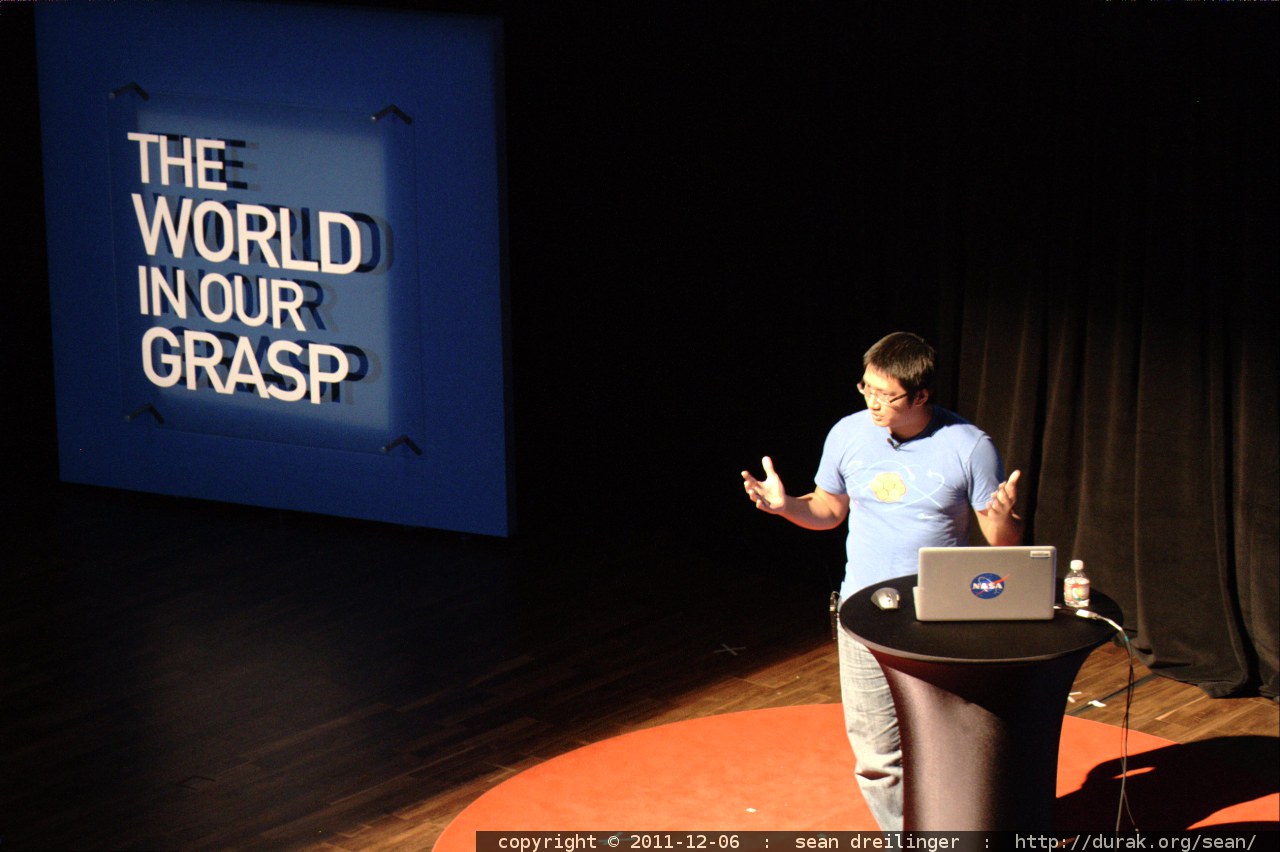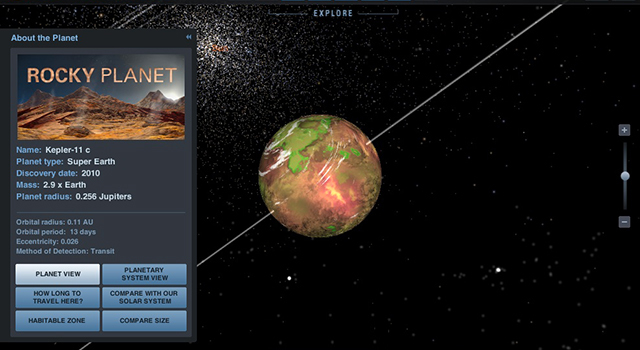
To get a grasp of all of the possibilities inside the app, you really just have to start playing around inside Eyes on the Solar System. "Essentially, if you haven't seen Mars lately through Eyes on the Solar System, you haven't seen Mars." "With all our orbital assets circling Mars as well as Curiosity and InSight on its surface, there is new data and imagery coming in all the time about the red planet," said Jon Nelson, visualization technology and applications development supervisor at JPL. Lifting off from Australia, the experiment aims to rise above. NASA has updated and improved its Eyes on the Solar System 3D visualization tool, making interplanetary travel easier and more interactive than ever.

On April 20, a first-of-its-kind NASA-funded experiment will fly a scientific instrument on a large kite to study a total solar eclipse. now speeding right towards us set to enter our inner solar system in 2012. Solar System Exploration Our Galactic Neighborhood. should familiarize yourself with Nibiru as NASA has kept us in the dark for. As absurd as it is to see a bus floating in space, it's useful context. (Okay, it's not as absurd as it might have been before 2018.) Our scientists and far-ranging robots explore the wild frontiers of our solar system. You can also use the "size compare" tool on spacecraft to see how they compare to each other or how Mars 2020 compares to the Rose Bowl Stadium or a bus. and other space agencies have explored Venus, including NASA’s Magellan, which mapped the planet's surface with radar. Since then, numerous spacecraft from the U.S. Cost: Total from start of planning through end of mission was 1.39 billion. Venus was the first planet to be explored by a spacecraft NASA’s Mariner 2 successfully flew by and scanned the cloud-covered world on Dec.

It even has features that allow you to compare the size of celestial objects to get a sense of how Mars might compare to the Earth or how the enormity of the sun dwarfs all other planets. The Cat's Eye, below, lies at the center of an extended nebula that must have been exhaled from the star long before. Atmospheric probe stats: 50 inches (127 centimeters) in diameter, 36 inches (91 centimeters) high, weighed 750 pounds (339 kilograms) Approximate number of people who worked on some portion of the Galileo mission: 800.

Through the eyes of our remote cameras, we will see Mars and. See a spacecraft's flight trajectory, zoom in on the Parker Solar Probe, or even check on the path of Comet Hale-Bopp if you'd like. In the 1980's, the 1990's, we will continue the direct reconnaissance of the solar system. You can use data that goes back to 1950 as well as projections that stretch out to 2050. The app is loaded with a variety of ways to see from the perspective of spacecraft. NASA has revamped its Eyes on the Solar System 3D visualization tool, making interplanetary travel easier and more interactive than ever.


 0 kommentar(er)
0 kommentar(er)
